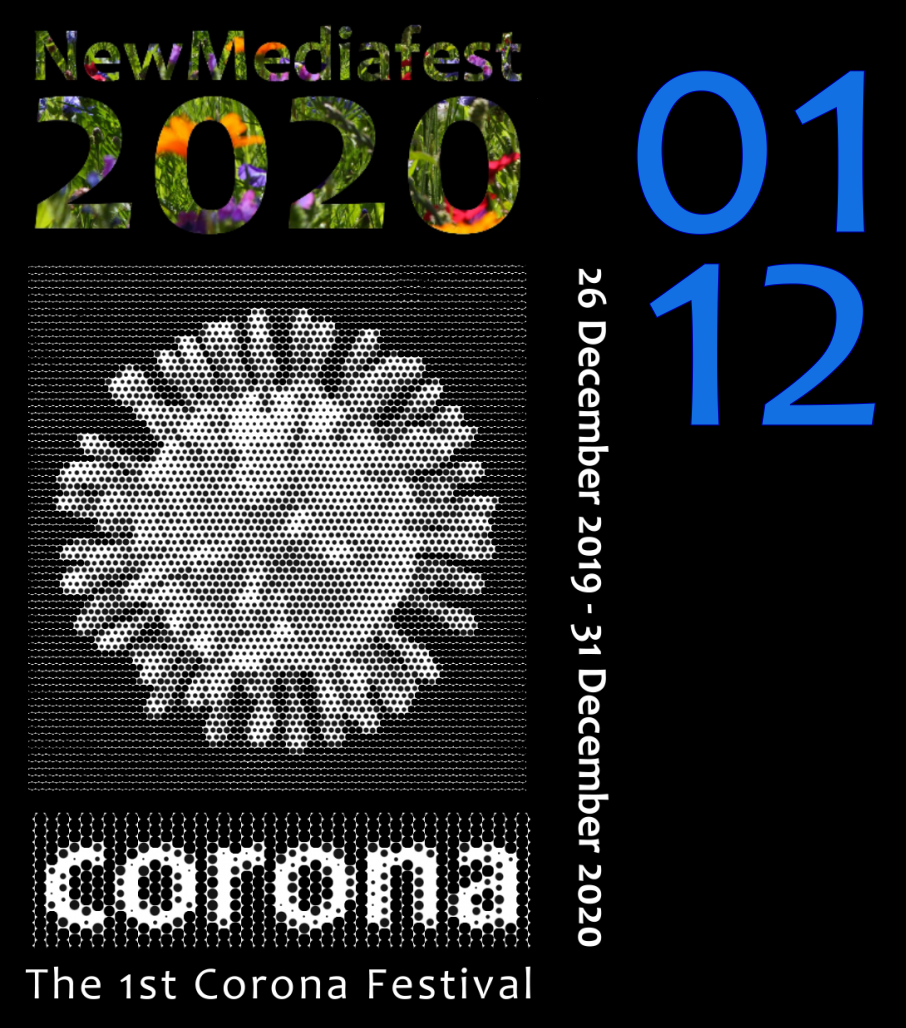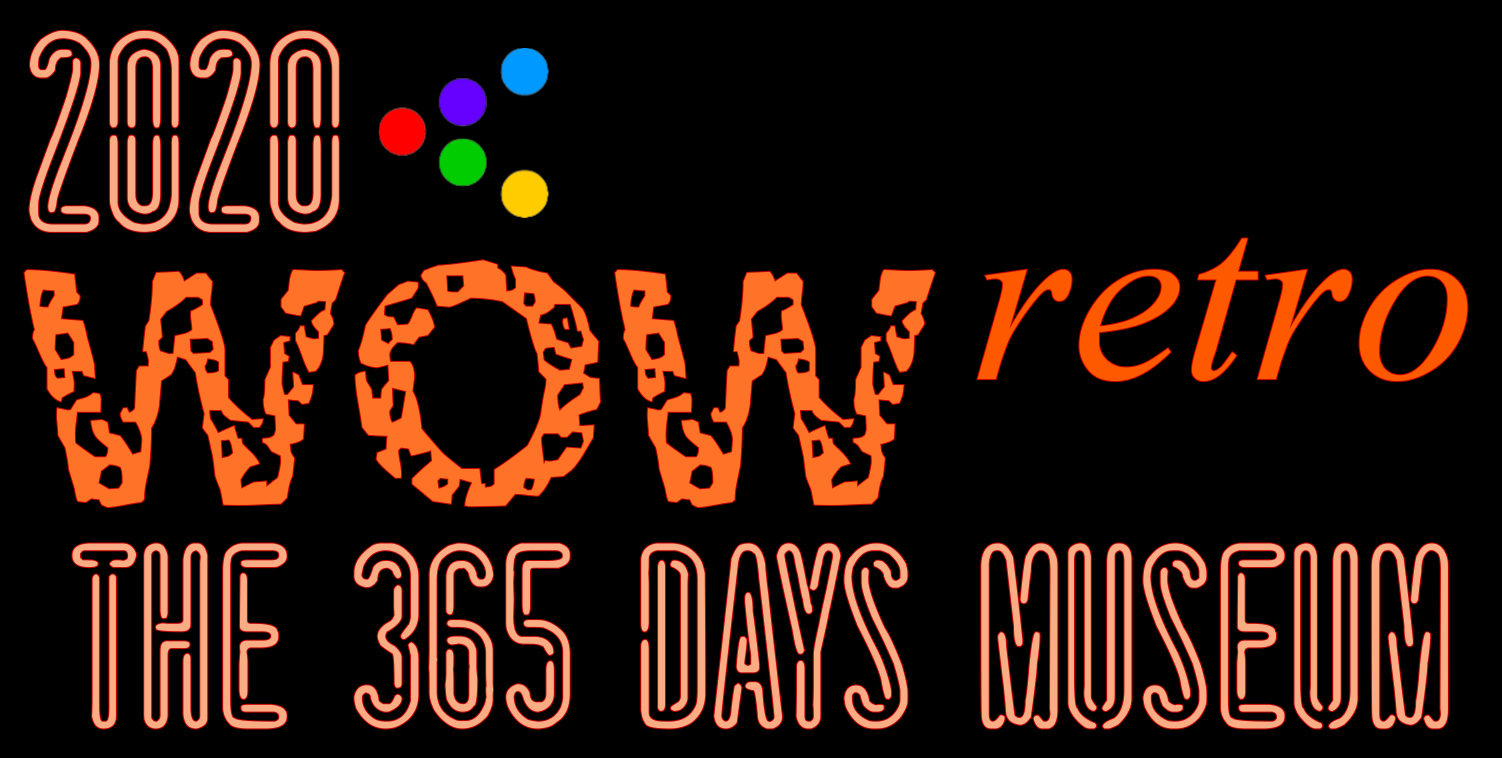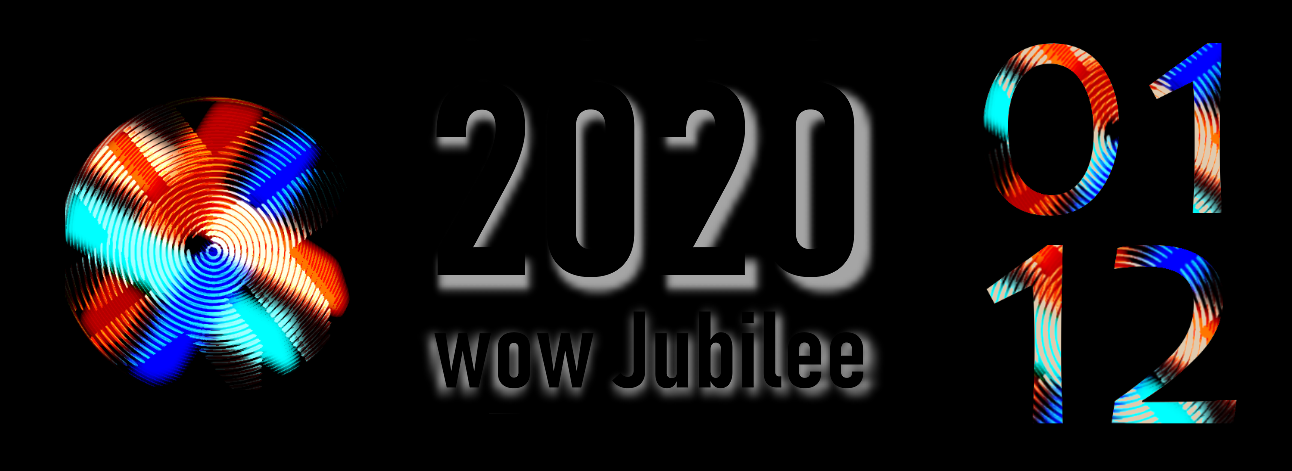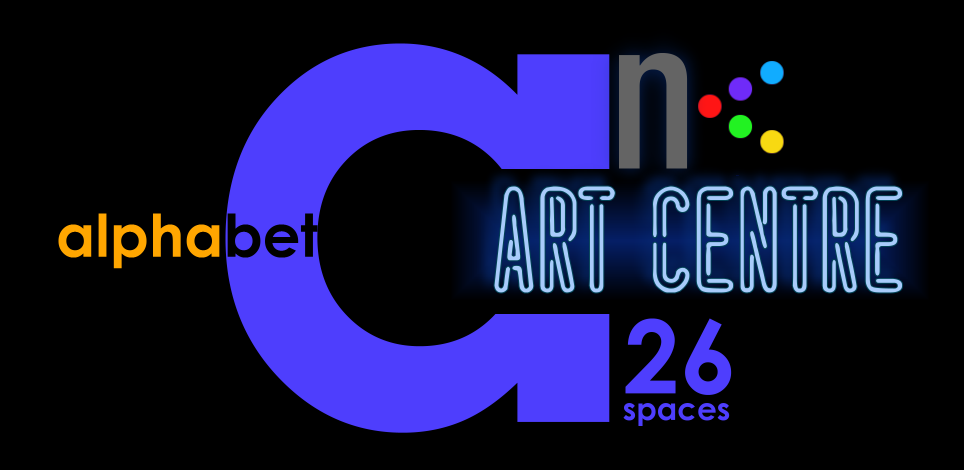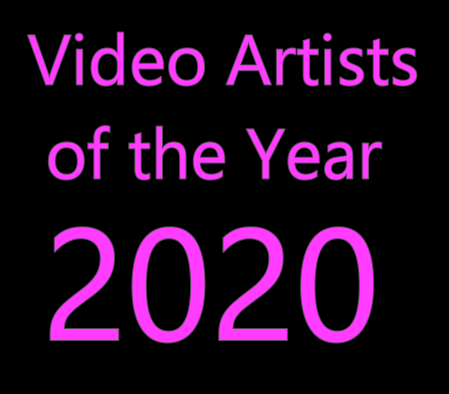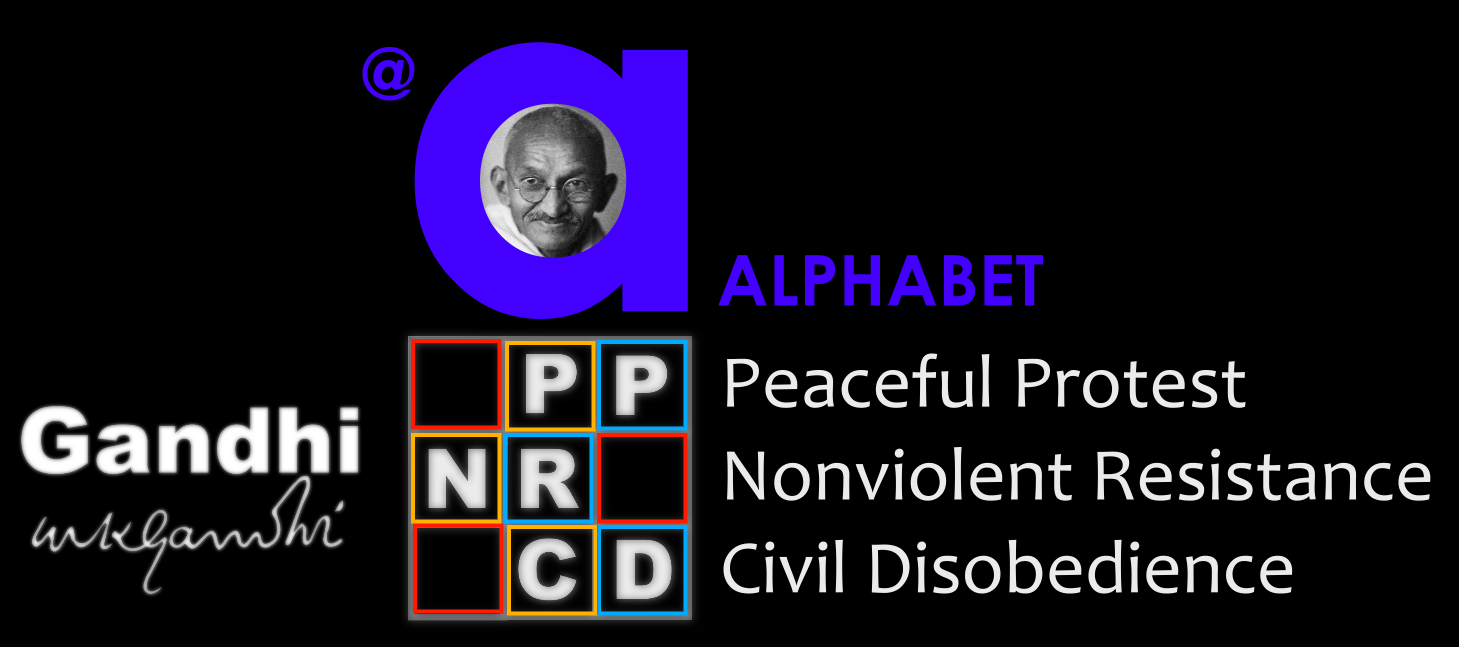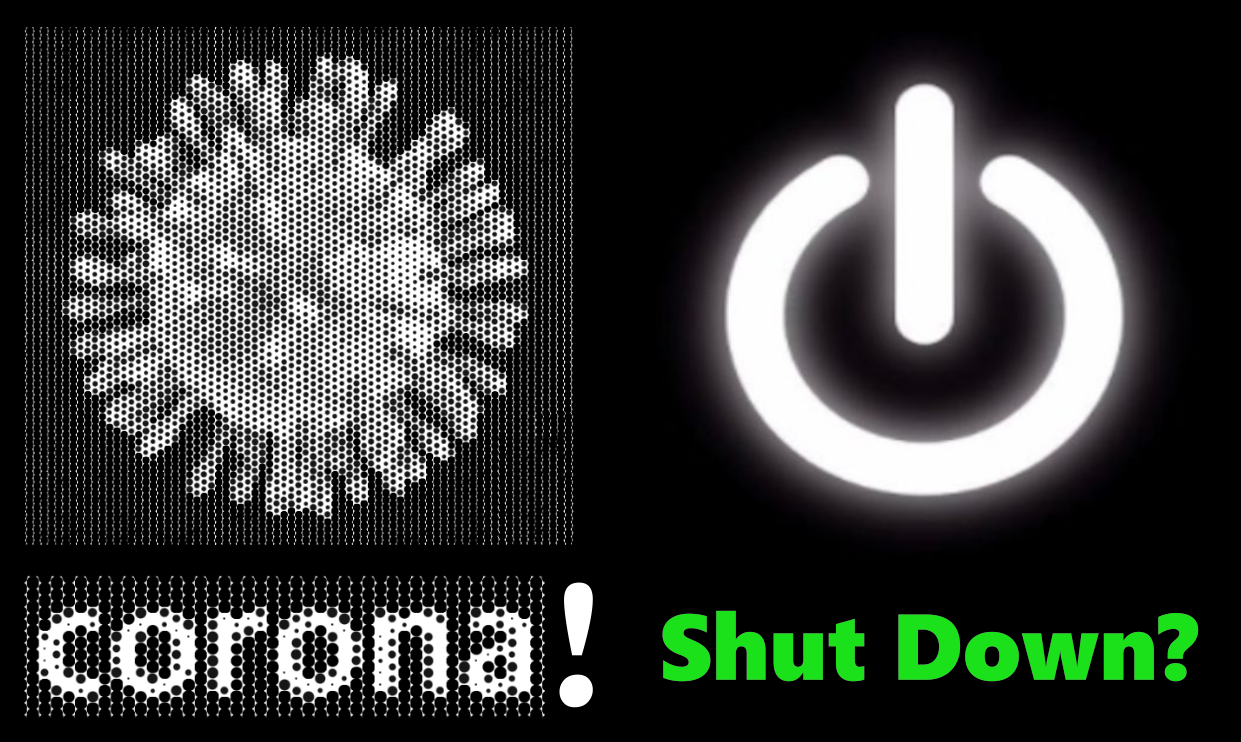feature
Majdanek/Lublin
Easter 1995 in Krakow
Majdanek

Today, Wilfried is opening his exhibition “1000 Years, 50 Years, and Still so Terribly Young” at State Memorial Museum of Majdanek in Lublin (the concentration camp of Majdanek, after Auschwitz the 2nd largest concentration camp the Nazi were errecting), which had been presented earlier inn January/February 1995 in Cologne on occasion of the International Holocaust Memorial Day.
The installation was a particular challenge because there doesn’t exist an usual exhibition space, just one of the original barracks, only a few were surviving history after the Nazi were leaving the camp as burned earth to the following Sovjet, who used the remainings of the camp now as a concentration camp for eliminating the Polish intellectual elite.
So, Majdanek has a particular doubtful fame serving two dictators for exterminating a hated population. Wilfried, who had agreed the exhibtion at 10 Polish museums in total, is attending only Majdanek und later the opening at the Historical Museum of Krakow in autumn 1995.
The challenge for installing the exhibition at the historical barrack was that the pictorial objects were not made and also not suitable to be hung on a wall, but for this and the following venues individual concepts were required taking the local situation into account. A similiar problem existed in Cologne already, because the usual showcases of the Historical Archives could not be removed, in Majdanek, wasn’t anything like that, but the nearly neutral internal space of the barrack needed to be transformed into an authentic space generating a wide range of associations through the art works to be installed. Another disadvantage seemed to be on first sight, that the space had several landings which were inspiring Wilfried and his partner Micha,, however, to fix one single point in the spacial context, from where the entire installation could be overviewed. Because the space as such wasn’t offering hanging the pictorial objects on the wall, the only way was to hang them from the ceiling. By composing several of the numerous 3D objects to groups new exhibition units were generated hanging on old historical ropes and as soon somebody came closer the objects of such a unit they start to move in different directions generating strange dynamic structures like a living organism.
Although the museum was providing lighting in different ways, the director of the memorial camp was surprised when Wilfried was illuminating only a few of these new exhiition units via spotlights, so that the bright colours of the objects were generating disturbing associations via such flashs of colour. The semi-dark of the space and the flashes of light and colour have – as soon as a person entered the room and moved – a remarkable influence on the behaviour of the visitor who automatically started moving very carefully, so that already one single visitor was stirring up the entire installation, when several visitors were moving through this strangely meditative space, they became part of the installation, and for each visitor it was his individual installation because his individual life experience was generating individual associations. When Wilfried is looking one day ago at the completed instalation he is overwhelmed by his feelings and nearly had a nervous breakdown after all the past emotional stress, but now just a few minutes before the opening he is afraid, how will the visitors react.

The director of the Memorial is welcoming Wilfried and Micha as the first guests, telling both how proud he is to host the extraordinary exhibtion as the official project for the celebration of 50 years end of World War II, he expresses regrets, that this associative exhibtion cannot remain for sure in Majdanek, the students at schools and universities would love the new language of dealing with the horrible history, but then the invited guests arrive one after another.
They are requested to gather in front of the barrack, where the opening speeches are held, Wilfried tells the long story of his several visits in Majdanek and the disturbing spiritual experiences when he had his guestroom at the barrack nearby on the area of the memorial camp. And he gives instructions how to handle und move in the exhibition, Micha, himself of Polish origin, is talking about the art historical dimension of the installation. Some official speakers are following, but what about the exhibtion, about 80 people are standing in font of the barrack waiting to be let in, when Wilfried is opening the door as a symbolical act. Only slowly, one after another, the visitors are allowed to enter the space and then it happens what Wilfried was hoping, the visitors captured by the magic became part of the moving organism they had initiated themselves.
Even the Cultural Attaché at the Germany Embassy in Warsaw was present, she couldn’t believe what she saw and experienced. Did you do that, she is asking Wilfried incredulous, why he was showing this in Lublin, but not in Warsaw?
Before Wilfried is able to answer, two old men pluck Wilfried on his jacket- congratulations – one of them ís shouting out loud, the real horror has bright colours – both are survirors of the Majdanek camp holding Wilfried’s hand gratefully with tears in their eyes. They are so happy, that this exhibition is present at this very place and even more, that it is a work of a German, if it was Wilfried’s aim to contribute to the reconsiliation with Polish people and Jews, he was succeeding in a most impressive way.
Wilfried is so touched by their words spoken in a broken German language, that his tears are running down his face – if his work would touch only one person like that, then making art is worthwhile.
Krakow

This opening is taking place during the week before Easter on Tuesday, but Wilfried will spend Easter (Easter sunday – 16 April 1995) together with Micha in Krakow, it’s Spring, the inhabitants of Krakow are strolling through the streets in the innocence of the Spring sun, it feels incredible to make the Easter walk through the fields and forests just outside of the beautiful city.

Jewish Cafe in Kazimierz – Wilfried was sitting here with Micha many times




